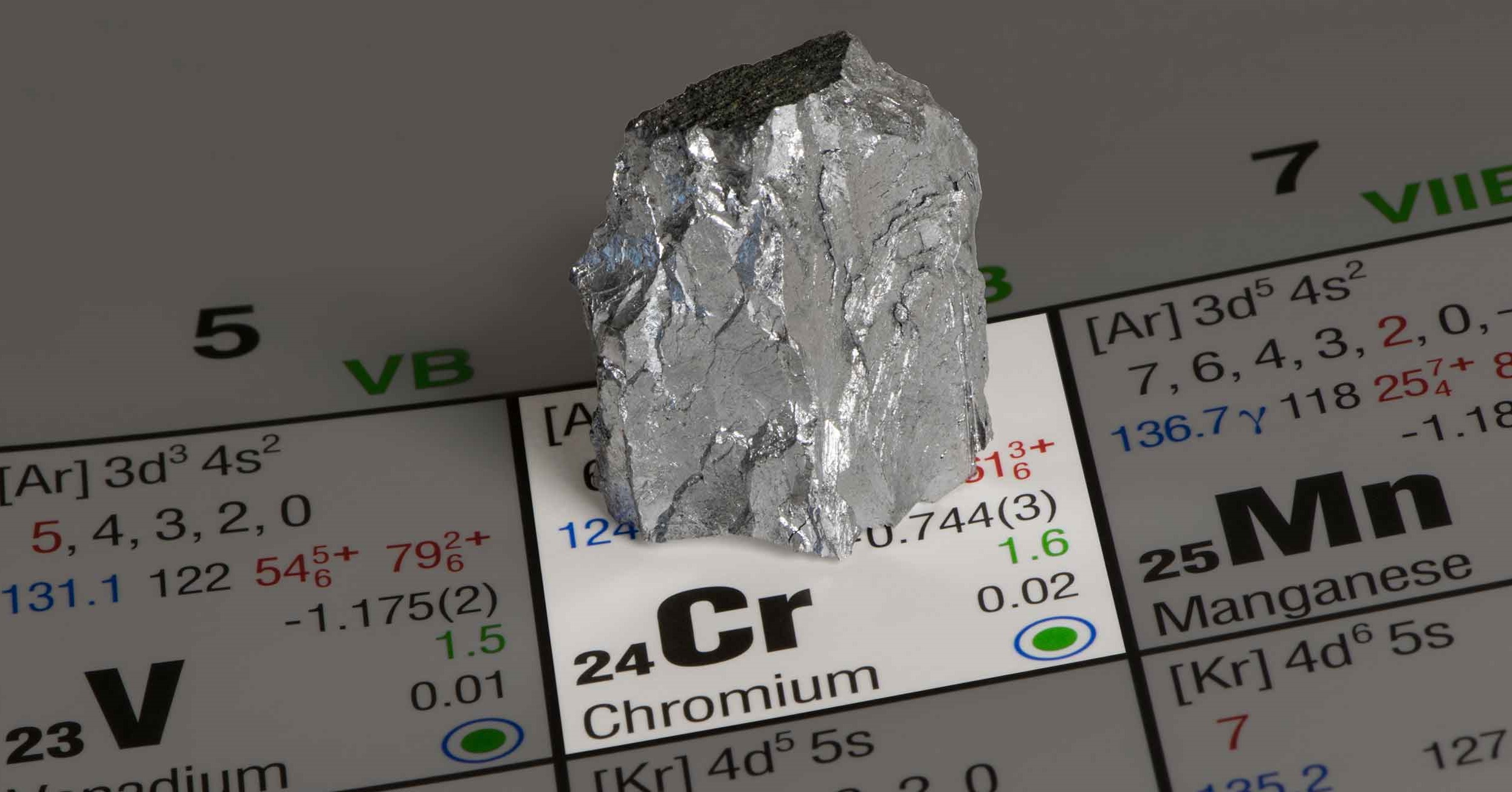How to safely neutralise Chrome 6
In collaboration with two leading manufacturers of combined heat and power installations and turbines, Eco-Point has developed Chrome-6 Neutralizer. A hazard-free biodegradable product that removes and neutralizes carcinogenic Chrome-6 and converts it into Chrome-3. With this innovation, Eco-Point is taking a step towards a safer world.



